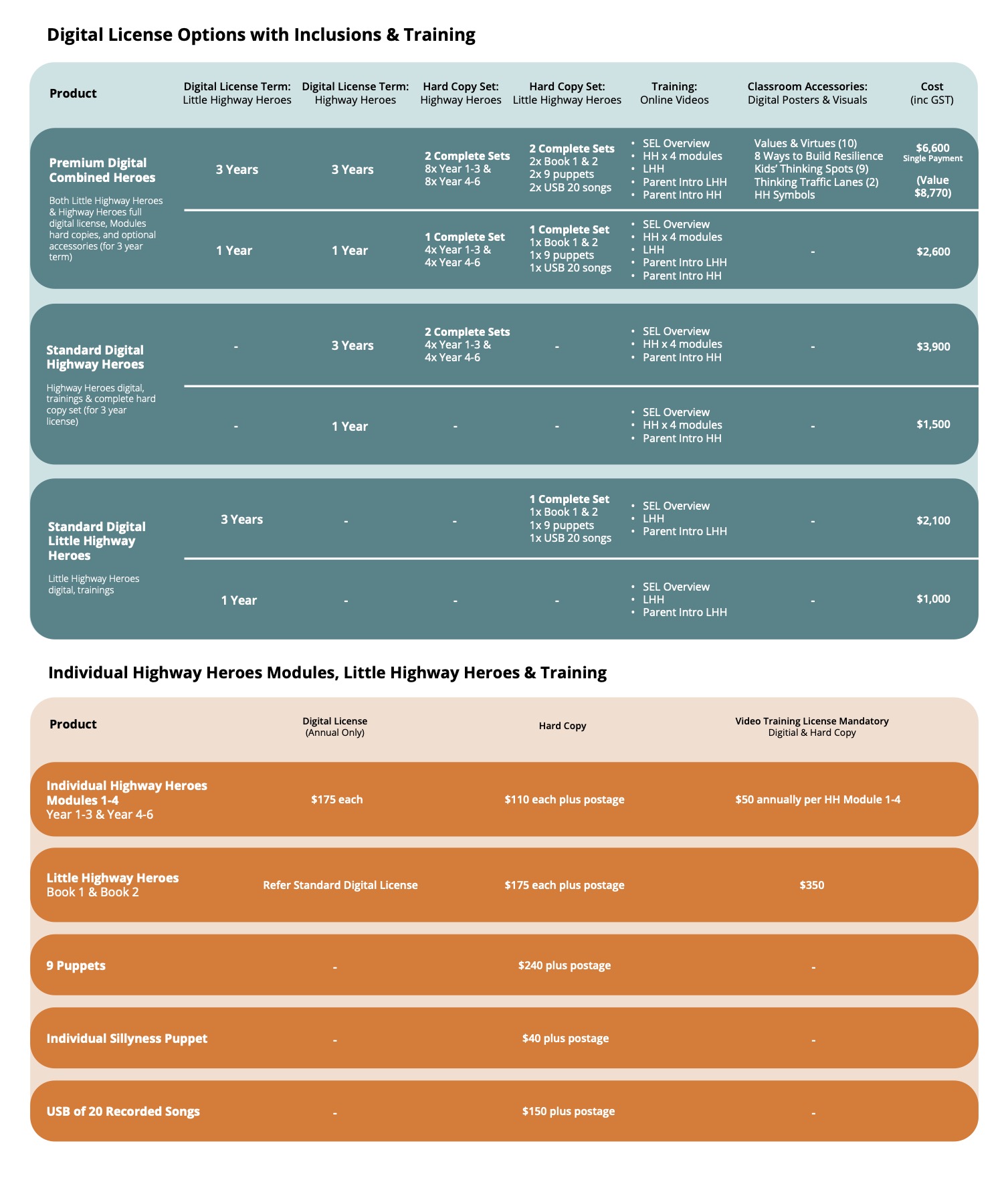“In 2015-16, there were 225,487 Australian children suspected of being harmed or at risk of harm from abuse and/or neglect. This resulted in 355,925 notifications being issued by state and territory authorities (a rate of 42.0 notifications per 1,000 Australian children).” Australian Institute of Family Studies
Every day in the average Australian classroom, one child, at least, has experienced some form of childhood trauma. In some schools, this may be as high as half of the class and even higher. There is always an outward expression of trauma ranging from emotional issues, social isolation right through to outrageous, confronting and often personally and physically challenging behaviours.
Every day in the average Australian classroom, a teacher works alongside that child, guiding and shaping their behaviour, their learning and their socialisation patterns. And in many, if not most cases, even when that child leaves at the end of the school day, the shadow of their trauma remains front and centre for the one charged with the duty of navigating that child through a year of learning.
The physical and psychological cost of compassion
For the teacher who leads with the heart, there is often a psychological and physical response to working with children dragging the burden of abuse, neglect, poverty, hunger, violence, illness, divorce, death – only some of the many factors involved in a trauma response.
Compassion fatigue is a unique form of being and feeling burn out. There is a ‘cost of caring’ for others in emotional pain and the result for the classroom teacher can be catastrophic if it is not recognised and addressed. Physical health as well as mental health can take the strain and repeated and chronic illnesses can ensue, a feeling of not wanting to turn up each morning and intrusive thoughts about particular children and their families can become the norm.
Signs and symptoms
For the teacher approaching compassion burnout, there can be some telling signs and symptoms – that are often evident to colleagues and co-teaching staff. Here are a few – remember, these are also feelings that are part of everyday, normal responses to a high-demand job, but when they persist and co-occur and simply don’t go away, they’re telling you something:
- Feeling angry or cynical even when there’s little reason
- Feeling anxious and overwhelmed – even at 2am!
- A feeling of disconnection – even the story is really sad and shocking
- Chronic exhaustion
- A loss of creativity, motivation and passion
- Difficulty with going to or staying asleep
- Avoidance – of work, people at work and people outside work
Start with some self-care
Life is often complex – competing demands, little or limited support, coping with change. Add to the mix a complex child from a trauma background who eats up classroom teaching minutes and heart-space, and it can be the catalyst that marks the slow but steady – and sometimes very rapid slide into burnout.
There is a particular teacher-type more given to the perils of compassion fatigue; excessively dedicated, often perfectionistic, an able provider of solutions and goal-oriented. However, any teacher with an ongoing exposure to this high-needs group of children is at serious risk of compassion fatigue – and it is often this that robs us of the wonderful, caring and deeply connected teachers that these little children really need to put them on the path to healing and achievement.
Teacher’s at risk of compassion fatigue need to recognise the warning signs of body and mind early and then reach inwards and outwards for assistance.
Ritualising self-care is essential. Have a practice of disconnect, of settling the mind, of emptying the day’s emotional impact into and external space (eg. Through journaling or peer discussion).
Establishing a network of support is equally essential. Notify administration early if addition in-class support is required. Ask for and organise additional and specific professional learning on trauma-informed classroom practices. Find a mentor – who can guide and who can support and absorb some of the cares of caring.
You can read more on this subject
The BEST Teacher Mini-Guide for Compassion Fatigue has a series of specific practices and processes for understanding and managing the difficulties of being a primary carer for often difficult and challenging young people. You can read more about this low-cost downloadable publication HERE.


